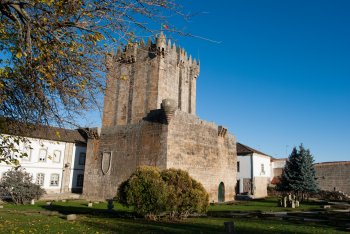Explore the best places
Heritage in Portugal
Sé Catedral de Angra do Heroísmo / Sé Catedral do Santíssimo Salvador
- heritage
Rua da Sé
9700-191, Angra do Heroísmo
It is the largest monument in the Azores, built in 1570 by Cardinal Dom Henriqueorders on an old Gothic church from the 15th century. Its interior is of great architectural interest, highlighting the high altar in ambulatory shape, various tiles, paintings and images from the 17th century, a sacristy with rosewood furniture and some religious vestments and oil portraits of diocesan prelates.

Centro Histórico de Angra do Heroísmo - Património Mundial
- heritage
Angra do Heroísmo
9700, Angra do Heroísmo
It is worth visiting the historic center of this beautiful city, recognized by UNESCO in 1983 as a World Heritage City. With Renaissance features, it has magnificent monuments open to the public which, together with its natural beauty and historical interest, make this an unforgettable place.
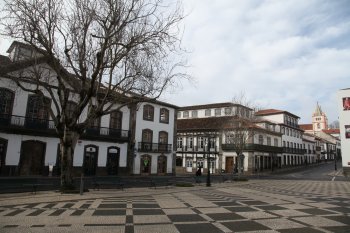
Castelo de São Sebastião / Pousada de Angra do Heroísmo
- heritage
Rua do Castelinho
9700-045, Angra do Heroísmo
Installed on a small promontory, the fortress was built in the 16th century, during the reign of Dom Sebastião. In 2000 suffered recovery works and was transformed into a Pousada de Portugal. It is inserted in the central area of the Angra do Heroísmo city, classified as a world heritage site by UNESCO.
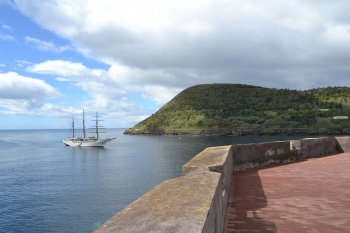
Museu de Angra do Heroísmo
- heritage
Ladeira de São Francisco
9700-181, Angra do Heroísmo
Museum based in the former São Francisco convent, open since 1949. It is a history museum, with a permanent exhibition organized in four parts: "Knowledge of the Azores Islands", "Angra, the Azores and the World", "From the General Captaincy to Liberalism" and "From the 2nd half of the 1800s to the present". Also noteworthy are Azorean paintings on wood from the 16th-17th centuries and an Artillery Battery that Portugal used in the 1st World War.
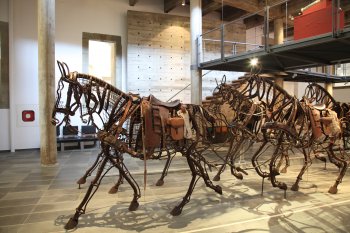
Forte de São Francisco
- heritage
Rua Terreiro da Cavalaria - Alto da Pedisqueira
5400-435, Chaves
Former convent surrounded by walls, transformed into a fortification in 1658. Late-Baroque and Mannerist fortress, composed of regular star plant, with four pentagonal bastions highlighted at the corners by a rectangle. Its plant is similar to the neighbor fortress of São Neutel, both built during the wars of the restoration. Currently, it is a hotel, a restaurant and a bar.
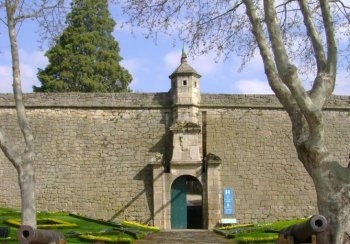
Rua Direita
- heritage
Rua Direita
5400-517, Chaves
Street with traditional shops, some of them centuries old, which extends from close to Chaves Castle to Largo do Arrabalde, close to the famous Roman Bridge.
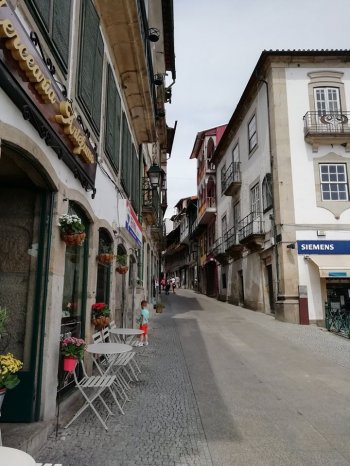
Igreja da Misericórdia de Chaves
- heritage
Praça de Camões
5400-517, Chaves
Located next to the Igreja Matriz, this church was built in the 17th century. With Baroque features, the walls covered in tiles dating from the 18th century and the wooden ceiling stand out.

Igreja Matriz de Chaves / Igreja de Santa Maria Maior
- heritage
Rua da Ordem Terceira, 88
5400-517, Chaves
Medieval, Mannerist and late-Baroque church, with a composite longitudinal plan, with three naves and five bays. It was built in the Middle Ages, probably in the 12th century, on the ruins of previous temples. From the medieval construction, it preserves the bell tower, the portico and some sculptures. Inside, there is the Santíssimo Chapel, next to the chancel.
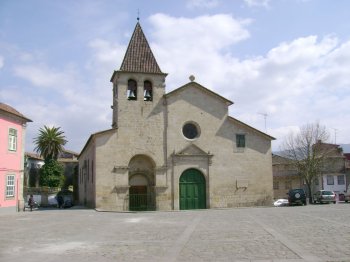
Museu da Região Flaviense
- heritage
Praça de Camões - Paço dos Duques de Bragança
5400-517, Chaves
This museum offers its visitors a wide collection, from objects dating back to the 3rd century bC to the Roman days. A special note to the collections related to the Roman World, one of the most important and complete collections in this area.

Castelo de Chaves
- heritage
Praça de Camões, 14
5400-517, Chaves
Built by Dom Dinis, this castle was of great strategic-military importance in the defense of northern Portugal. The two forts, both built during the Restoration Wars, form quadrilaterals reinforced at the angles by bulwarks. Currently, remains of military walls are preserved. From the construction of the Dom Dinis era, only the keep, which houses the Military History Nucleus, remains.
